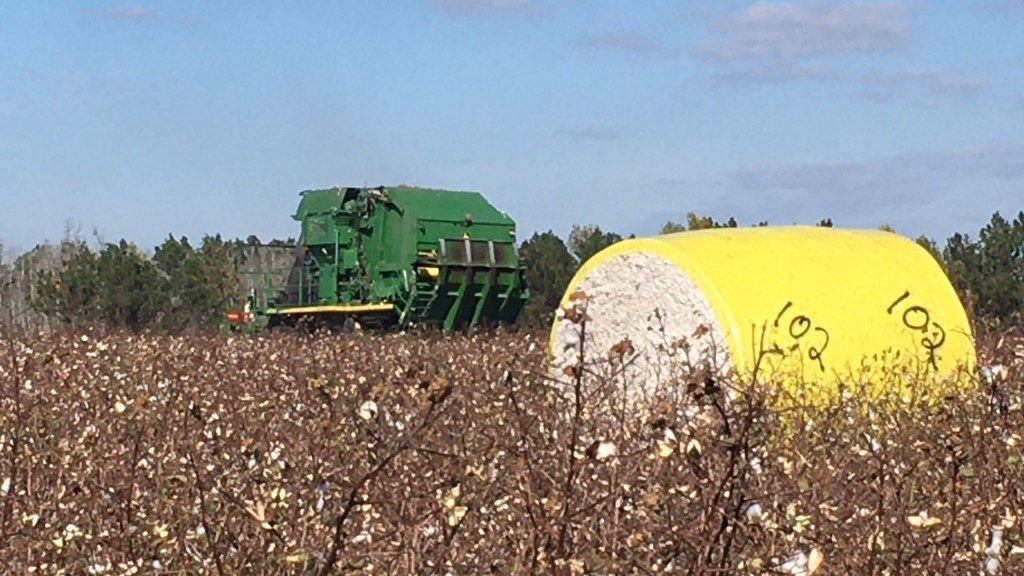Jeremy Kichler
-
Downy mildew of cabbage has been detected from Colquitt County in Georgia (Oct 22, 2017). These observations indicate that inoculum of downy mildew is currently in GA and under favorable conditions (cool and wet conditions) potential disease outbreak in cabbage and other cruciferous/cole crops can occur. I would suggest our growers to look for the downy mildew symptoms in their fields and start applying…
Posted in: Uncategorized -
In this issue: “Three Way” Defoliation Rates and Defoliant Rainfast USDA Cotton Varieties Planted in 2017 Diplodia Collar Rot in Peanuts UGA Recommended Wheat Varieties for Fall Planting, 2017-2018 “Three Way” Defoliation Rates and Defoliant Rainfast: I have been receiving a question or two about the rates for the “’three way” and how rainfast…
-
In This Issue The US Drought Outlook Beef Management Calendar for October Hay Supplies and Feed Costs this Fall Southern Regional Land Value Report The US Drought Outlook The US Drought Outlook was released on September 21st and it indicates a chance for the development of drought in Alabama and points west but does not…
-
Posted in: Cotton
-
Posted in: Vegetables
-
cotton 9 1 2017
Posted in: Cotton -
Today around the tobacco receiving station there were several farmers who were hearing weather reports out of Jacksonville, FL of a massive Hurricane Irma coming off the coast of Africa. Tonight I saw the YouTube linked below indicating possible build-up of Irma to a Category 5 Hurricane by Thursday of next week with a possible…
Posted in: Tobacco -
Posted in: Peanuts
-
Colquitt County Extension Ag Update 8-25-17 In this issue Peanut Maturity Clinics!! …
Posted in: Peanuts
